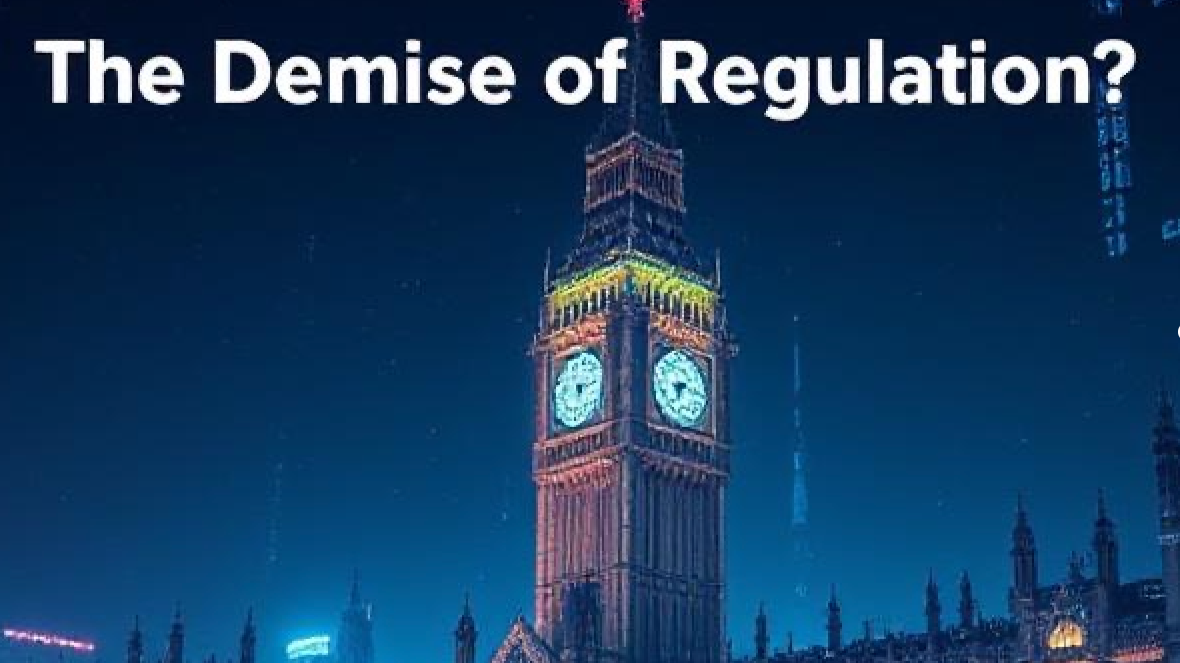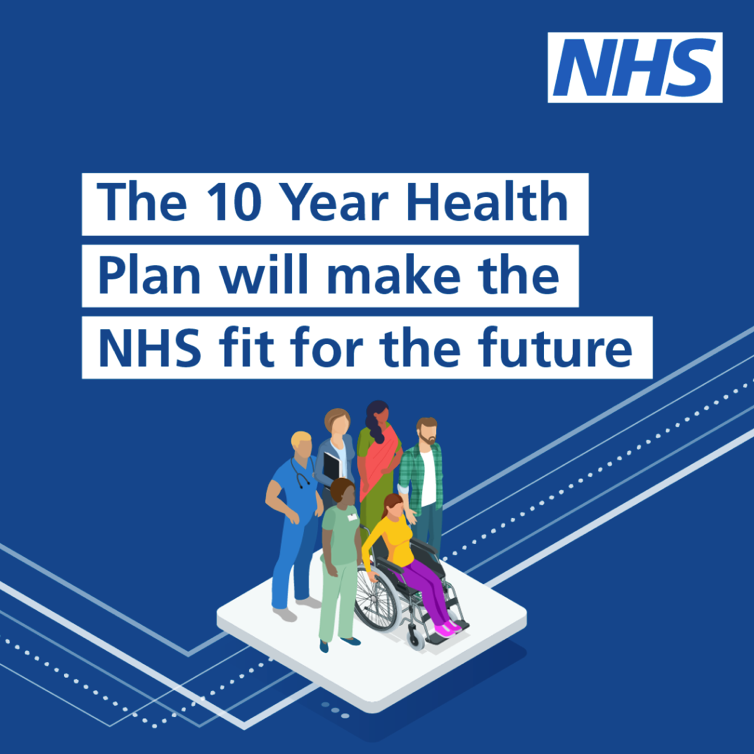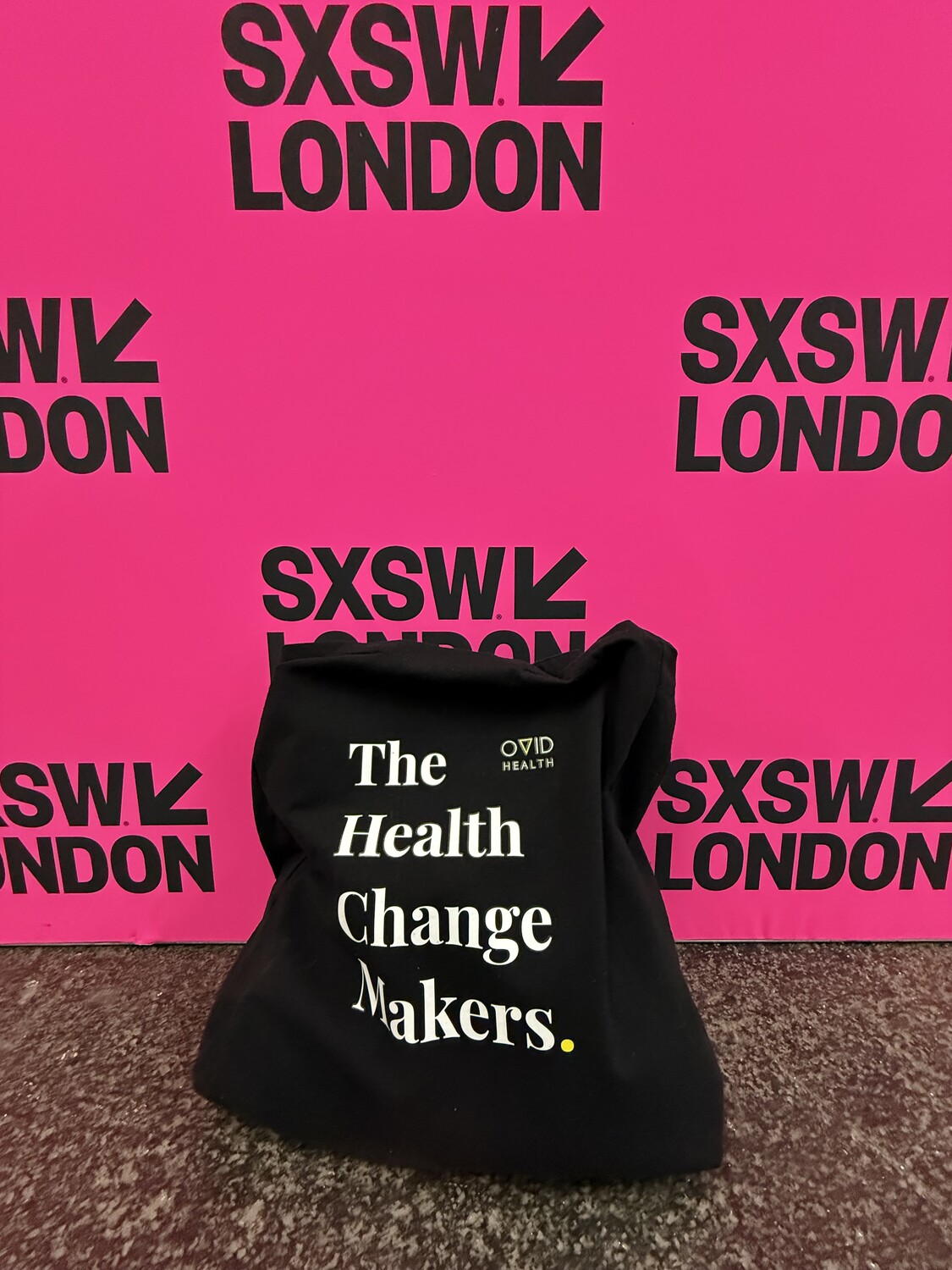

An OVID Health article by Anna Parnanen
As England prepares its first men’s health strategy, women’s health risks deprioritisation – and not many seem to notice.
In April 2025, the government launched a call for evidence to shape England’s first-ever men’s health strategy, representing an important and overdue recognition of the distinct health challenges men face. In the UK, men are more likely to die young from suicide, preventable cancers, and cardiovascular disease often due to late diagnosis or a reluctance to seek care. The global disparity in suicide rates between men and women is also a well-documented phenomenon, with men consistently exhibiting higher rates. The strategy is a welcome step but at the same time we need to consider what happens to women’s health when political focus shifts this way.
Whilst women live longer on average, gains in female life expectancy are often fragile – and highly dependent on continued investment and prioritisation of gendered care. A global analysis by WHO shows that when women can access healthcare, maternal deaths drop and life expectancy rises. But in lower-income settings, where access to care is limited for women and men alike, the gender life expectancy gap narrows. This is not because men are living longer, but because women are dying younger.
Similarly in the UK, women face their own set of risks with conditions such as breast cancer, cervical cancer, and maternal complications. These contribute significantly to the years of life lost in women, particularly when care is delayed or unavailable.
We shouldn’t therefore ignore the broader policy and political context. Women’s health appears to be quietly losing priority. It’s a shame this is happening while men’s health climbs up the political priority ladder.
Yes… I know we already have a Women’s Health Strategy
But…. the strategy, launched by the previous Conservative Government with the classic public-facing call for evidence in 2022, was positioned as a bold attempt to tackle historic neglect and gender inequality in health outcomes. It promised to address key issues, from gynaecology waiting lists to maternity safety, and improve care throughout women’s lives.
There have been some welcome developments, from cheaper access to HRT to the rollout of pharmacy-based contraceptive consultations. There’s also been funding allocated to women’s health hubs, which many would argue are proving to be a success. Examples include the Liverpool Hub, which is delivering a significant increase in appointments and prescribing rates for long-acting reversible contraception. Some hubs have also pioneered the use of virtual menopause engagement events and virtual group consultations.
Three years on, the strategy rarely features in government communications or parliamentary debates, aside from broad reassurances. There is no publicly available delivery plan or a refresh in the horizon. Progress reports or outcome metrics remain absent. The removal of targets from the NHS planning guidance compounds this uncertainty, raising difficult questions about the government’s real priorities.
Health Minister Karin Smyth’s statements in Parliament earlier this year underscore a common theme: the government inherited a “record” gynaecology waiting list of nearly 600,000 women and is focused on reducing waits via the elective recovery plan and expanding private sector capacity. These are important interventions, yet they do not replace the need for sustained, community-based, joined-up women’s health services.
Women’s health targets removed – what does it mean?
Earlier this year, the 2025/26 NHS operational planning guidance removed references to women’s health (except for maternal health), including the target mandating Integrated Care Boards to establish and maintain women’s health hubs. These hubs are more than just a policy tick-box hangover from the previous government; they are designed to improve access to community-based services, enable earlier diagnosis, reduce pressure on hospitals, and be an accessible hub for women who face unique barriers to care. The government’s own cost-benefit analysis shows that the hubs not only improve outcomes but reduce pressure on the strained health system.
In Parliament, Minister Smyth assured MPs that these hubs are not being closed or defunded, and that 39 out of 42 integrated care systems have implemented them. But she also said the target is not repeated because it has been “achieved.” While this is of course positive, in practice removing explicit targets sends a worrying message.
“Patient is king” – and why is that?
Another critical dimension is the Government’s recent reframing of health policy under the banner of the “patient as king.” While this metaphor signals a welcome shift towards placing patient experience and outcomes at the heart of the NHS, it also risks reinforcing a gender-neutral patient model which historically aligns more with male experiences.
This subtle but powerful framing risks ignoring the well-documented ways women experience the health system differently, as it has historically been built around the male experience – from clinical training to the design of services and devices. Women are more often being misdiagnosed, facing longer waits and poorer outcomes in areas like pain management, reproductive health, and autoimmune diseases. “Male” is often the unexamined default – as evidenced by the Health Secretary in his speech at NHS Confed.
The politics of prioritisation
The current moment shows the complex politics behind health prioritisation. Take, for example, the announcement of a national maternity investigation in June this year. While it may seem like progress, it comes even though several major reviews in recent years have already identified the same systemic issues around risk assessment and triage, learning from incidents, and retention of staff. The system – and the women in it – are not short on insight. Just to name a few: the Care Quality Commission’s national review of maternity services (2022–2024), the Better Births review (2016), and the Ockenden Maternity Review, launched in 2022. The question is no longer what the problems are but why action remains so slow.
Political attention, funding, and policy delivery rarely align perfectly and it’s not a competition between men’s and women’s health. Both need attention. But it is worth paying attention to how priorities rise and fall in policy and what happens when a strategy has strong communications but weak follow-through.
What needs to happen next
If the Women’s Health Strategy remains a government priority, as the Department states, it’s vital to see this translated into clear, measurable action, such as:
- Transparent delivery plans and outcome metrics
- Integration with broader NHS planning and recovery efforts such as the 10 Year Plan
- An explicit gender lens embedded throughout the “patient is king” vision
We don’t need more evidence to back up the need to support women’s care – we need political will. The time to deliver on women’s health is now.

Article originally published on LinkedIn on 22nd July




